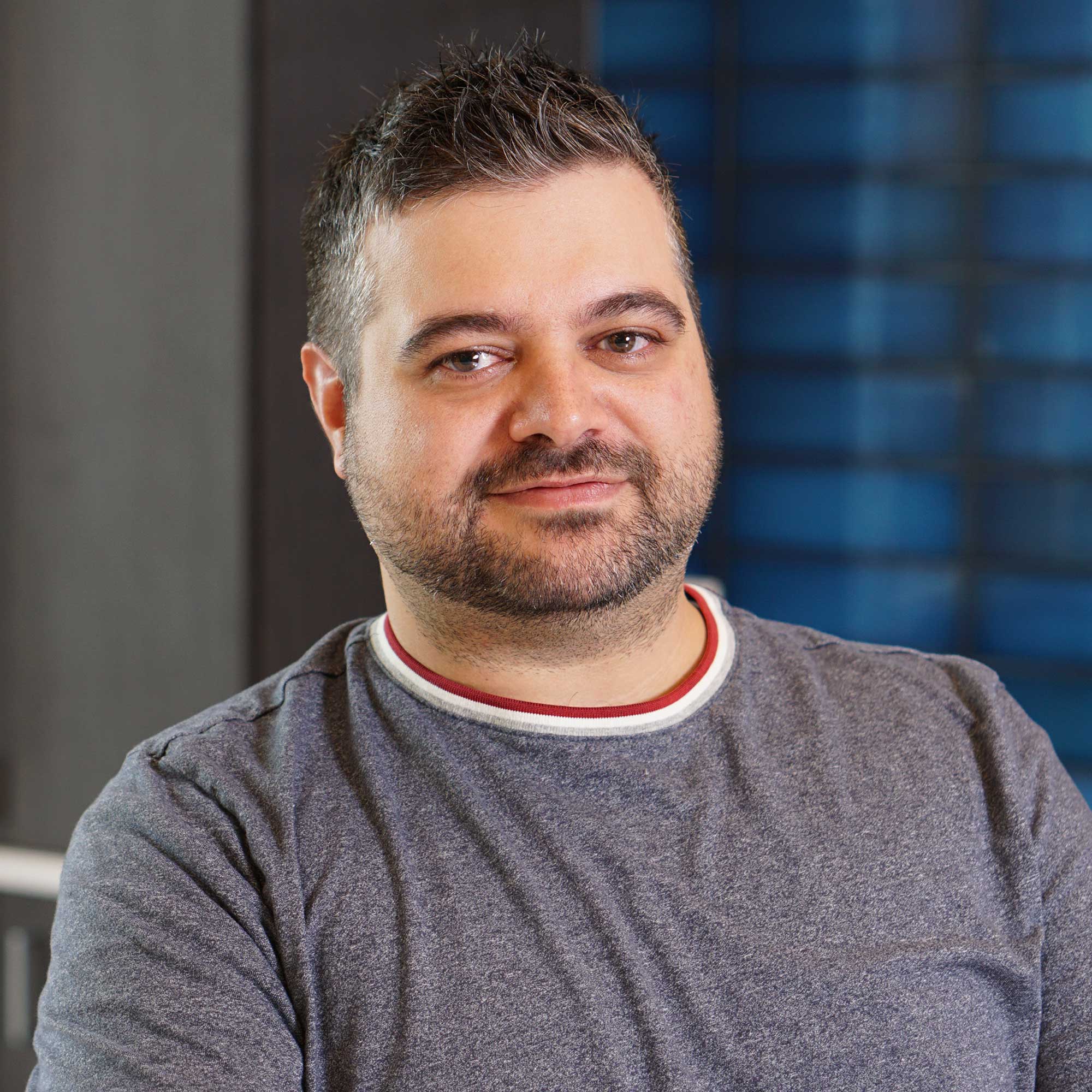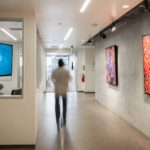Diversity, Technology, and Knowledge: Adapting to Change in the A/E Industry

Chief Knowledge Officer Jim Armer
There’s never been a time when our firm’s ability to adapt, and our team’s resiliency, have been so greatly tested. We’ve survived downturns in the economy and responded to local and national crises, but the shift we’re undergoing now — as a global society in response to the current pandemic — is something that could fundamentally change how we all live and work, for the long-term.
As our industry comes together to partner in unique ways and to share experiences, I’ve spent a lot of time considering the practices, tools, and mindset that have kept our team members responsive and empowered to do their best work wherever they are.
As an A/E firm with 13 offices in multiple states and clients across the nation, some of the key things we’ve learned from previous upheavals are 1) the value of a diverse portfolio supported by multi-disciplinary professionals, 2) the importance of adopting technological advances, and 3) the benefits of knowledge-sharing between individuals and teams.
1) Diversity begets flexibility
How we work has evolved as our firm has grown, taking on larger projects, entering new markets, and purposefully building a multi-disciplinary, multi-market team. With team members from different locations leading and sharing project work, our ability to collaborate across distances has become one of our most valued assets.
Our teams are close-knit, but can also change up members, giving people opportunities to learn about different markets, and most importantly, share diverse perspectives. Some of our most exciting work is in the blending of design philosophies: where workplace design influences learning environments, for example, or where healthcare and government design intersect.
These experiences offer team members diversity in their work, which in turn creates people adept at moving between project types, teams, and locations — today, that location just happens to be virtual.
Another way we support flexibility is in work styles. In response to AIA San Francisco’s “Missing 32%” project, which champions workplace flexibility as a way to support people who would otherwise leave the architecture profession due to life events, Cushing Terrell made a commitment to embrace a culture of flexibility. We launched our own “Equity by Design” (EQxD) initiative, which gives team members more latitude with their time. This not only supports healthy employees and families, but also remote work options.
2) Making the most of technology
At a time when shared Autodesk Revit models became more common, Cushing Terrell set up a central cloud server for shared project files and virtual desktops with oft-used programs and apps accessible from any computer. This enabled our entire Cushing Terrell team to access, use, and save project files in one location. Our personal computers became a portal to working on the cloud.
In addition to the cloud, our data ecosystem encompasses tools that facilitate collaboration between team members, partners, and clients. We’ve been using and adapting these tools to our workflows for some time, and they include:
- Cisco Jabber, phone/messaging system with the ability to share screens, chat, initiate conference calls, and share files.
- Zoom Video Communications, embedded in our daily work lives for some time, and now a staple for businesses adjusting to work-from-home scenarios. Our teams are adept at not only using the tool for meetings, but also design charrettes, training, and knowledge sharing.
- Microsoft OneNote has assisted our teams with multi-user project collaboration, and Microsoft Teams — currently being rolled out across our firm — is helping us create whole team ecosystems with the ability share documents, collaborate on shared files, engage in searchable conversations, and initiate conference calls.
- Bluebeam is used primarily for markups and digital sketching, as well as communicating with design teams and our clients. This is a great tool for larger teams as it enables all parties to view the same information in one place in real time.
- BIM360 is a tool we use for collaboration with consultants and file sharing outside our system, and Deltek Vision is our hub for web-based project planning and management.
- Our intranet — the Hive — keeps us all connected with centralized tools and resources, as well as the latest news from team members, functional departments, and leadership.

Technology adoption is something we embrace wholeheartedly. It keeps our teams adept, continuously learning, and able to work from anywhere.
From a knowledge-sharing perspective, it’s been rewarding to see team members discussing best practices and new ideas, as well as teaching others outside our firm about how to best use on-line tools for remote, collaborative work. One individual, Bryan Topp, an architect in Missoula, put out a call to various architecture and design associations, posing a challenge to help our overall A/E community problem solve during this difficult time.
“We’re fortunate to have a robust system that allows team members to seamlessly engage on projects anywhere, and it’s important that we use this knowledge for the greater good. I want to see our industry make it through this time stronger, using our collective resources and brain power to create systems and infrastructure that help keep our communities healthy and resilient.” —Bryan Topp

Architect Bryan Topp
3) The more you give, the more you get
A natural progression from having robust information technology and systems in place is the sharing of knowledge. As we look to ensure continuity in the services we provide our clients as well as growth opportunities for our team members — despite working remotely — it will be even more important to develop robust web-based training and learning programs.
It’s one thing to ensure access to the technology we need to do our jobs, but another thing to ensure we continue to evolve. It’s been several weeks since we’ve been working from home and seemingly could be more. Our teams (and others in this situation) will need to be deliberate in creating and pursuing development opportunities, as well as ways to contribute to what may become the “new normal.”
As we’ve shifted to pandemic response, our industry is showing an incredible “pivot capability.” An example from our own experience is the collaboration between healthcare, government, and commercial teams where a melding of expertise resulted in solutions for triage facilities to support COVID-19 patients. Looking at challenges through a new lens, the solution in this case was to repurpose community recreation facilities — left vacant due to social distancing — for much-need patient care.
Up for the challenge
A commitment to responsive, innovative design solutions remains the same, with all the tools and expertise needed to continue our work, collaborate with team members and industry partners, and support clients during this critical time.
As we put measures in place to keep people healthy and safe, we must also focus on solutions that support business continuity and find ways to remain agile, while moving into an unpredictable future that may continue to throw us curve balls. I believe the challenges we’re faced with now will bring out the best in our industry — including solutions we may not have otherwise imagined.


